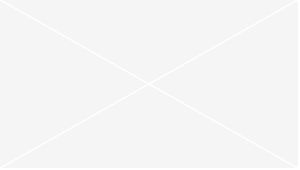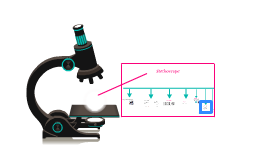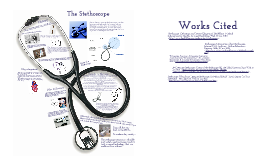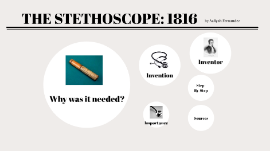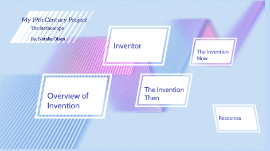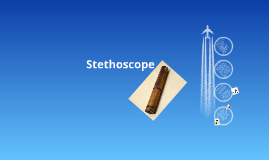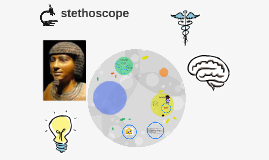Stethoscope
Transcript: by Aaliyah Fernandez THE STETHOSCOPE: 1816 Why was it needed? Why it was needed -In the early 1800’s, and prior to the development of the stethoscope, physicians would perform physical examinations using techniques like percussion and immediate auscultation. In immediate auscultation, physicians placed their ear directly on the patient to observe internal sounds. -The biggest drawback of this technique was that it required physical contact between the physician and the patient and proper placement of the ear. Also, the sounds observed by the physician were not amplified in any way, creating the possibility of missing key sounds that might indicate potential illness. Finally, the act of performing immediate auscultation could be awkward for both the physician and patient. Invention Description Invention How it was made Original look A medical instrument for listening to the action of someone's heart or breathing, typically having a small disk-shaped resonator that is placed against the chest, and two tubes connected to earpieces. The first stethoscope was made with a rolled paper tube. René Laënnec Inventor February 17, 1781, Quimper, Brittany, France—August 13, 1826, Kerlouanec Age five, his mother died from Tuberculosis, which left him in the care of his incompetent father In 1793, he went to go live with his uncle Under his uncle's direction, he began to apply surgical dressings and care for patients Laënnec became known for his studies of peritonitis, amenorrhea, the prostate gland, and tubercle lesions. He graduated in 1804 and continued his research as a faculty member of the Society of the School of Medicine in Paris. 1816 Laënnec was appointed as physician at the Necker Hospital in Paris, where he developed the stethoscope. He is considered the father of clinical auscultation, and he wrote the first descriptions of pneumonia, bronchiectasis, pleurisy, emphysema, and pneumothorax. His classification of pulmonary conditions is still used today. IMPORTANCE Importance The stethoscope was and is important because it amplifies the sounds emanating from the body organs or cavities. Some of the sounds are very soft. They can be easily missed when no sound enhancers are present. Through amplification, medical personnel can detect them easily. It reduces the time taken to make a diagnosis. Consequently, medical attention will be provided fast hence saving many lives. Step-By-Step Step-By-Step 1) First, I took 3 straws, and taped them together, creating a Y shape. 2) Then, I taped a bottle cap onto the bottom. 3) After all of this, I taped to white papere to the ends of the top two straws to make the earbuds. Sources Sources https://www.amyaction.com/five-importance-of-a-stethoscope/ https://www.littmann.com/3M/en_US/littmann-stethoscopes/education-center/history/ https://www.adctoday.com/learning-center/about-stethoscopes/history-stethoscope






